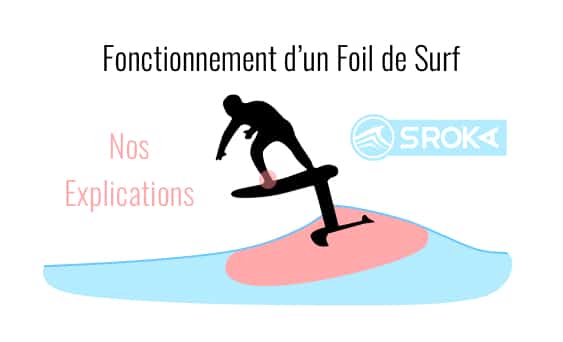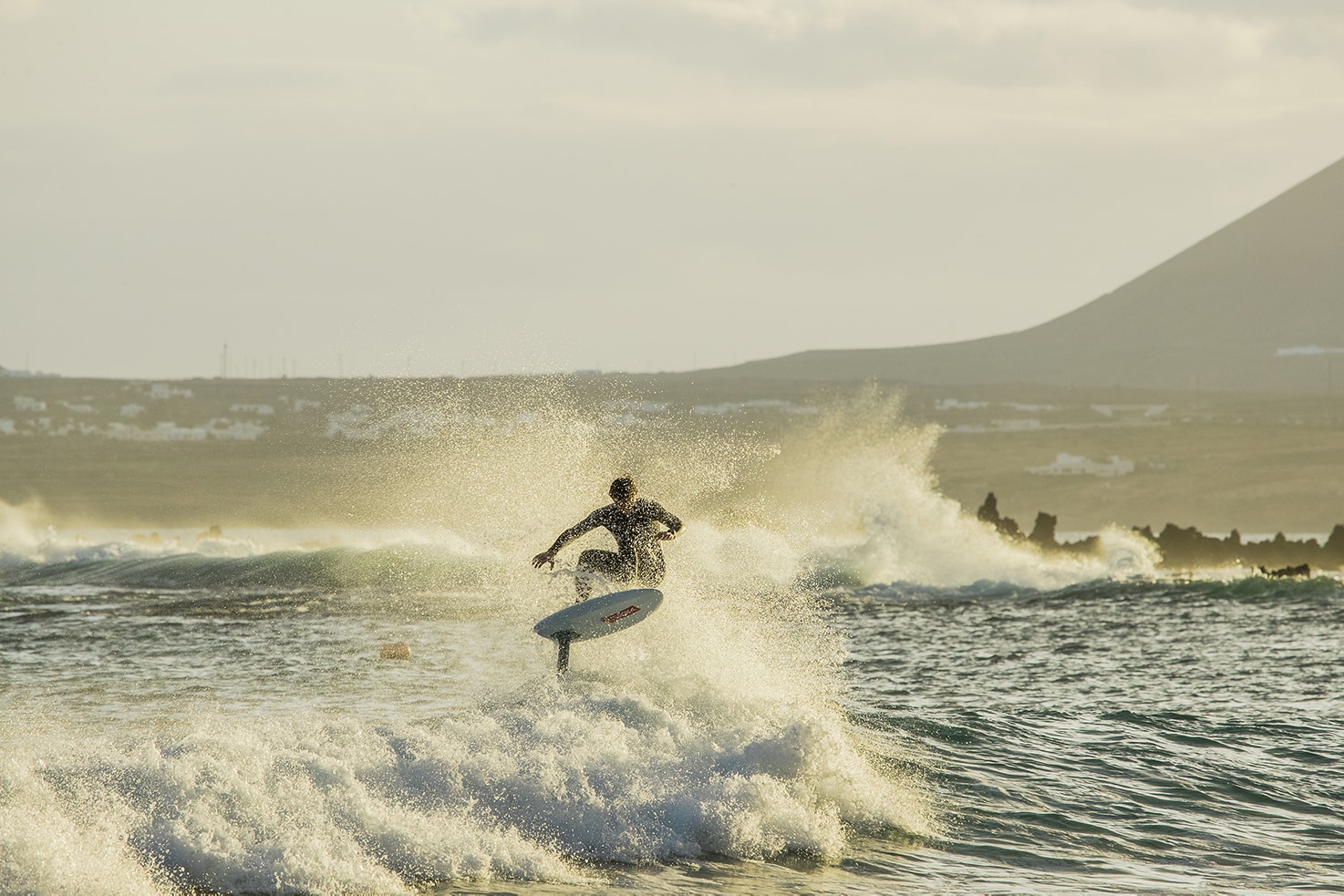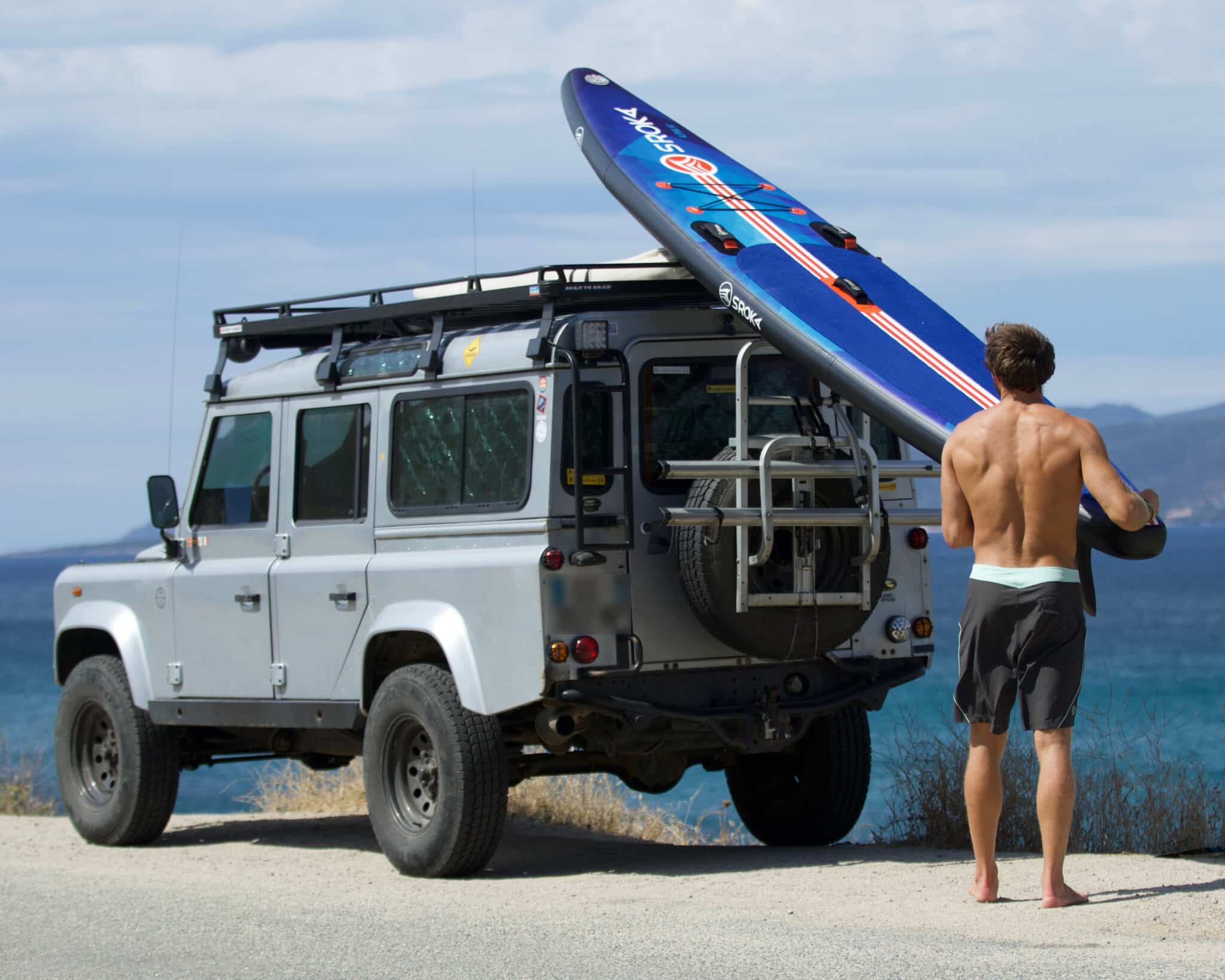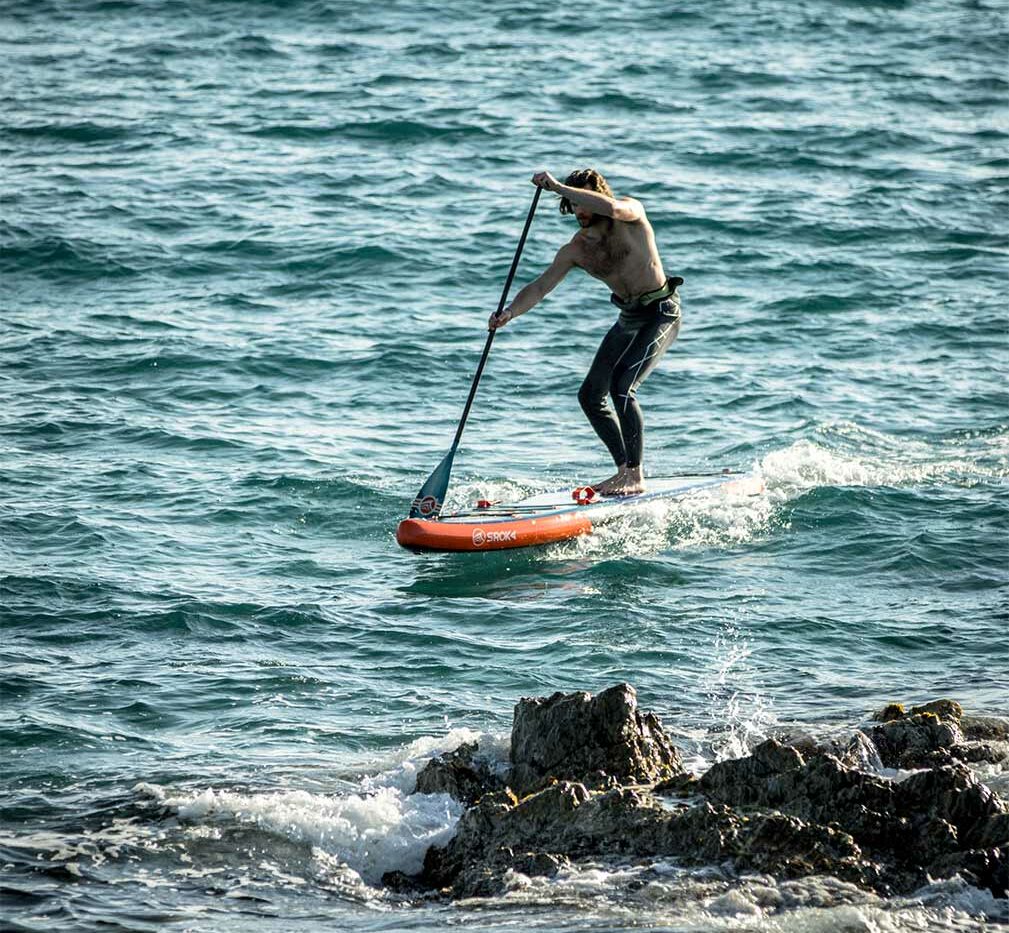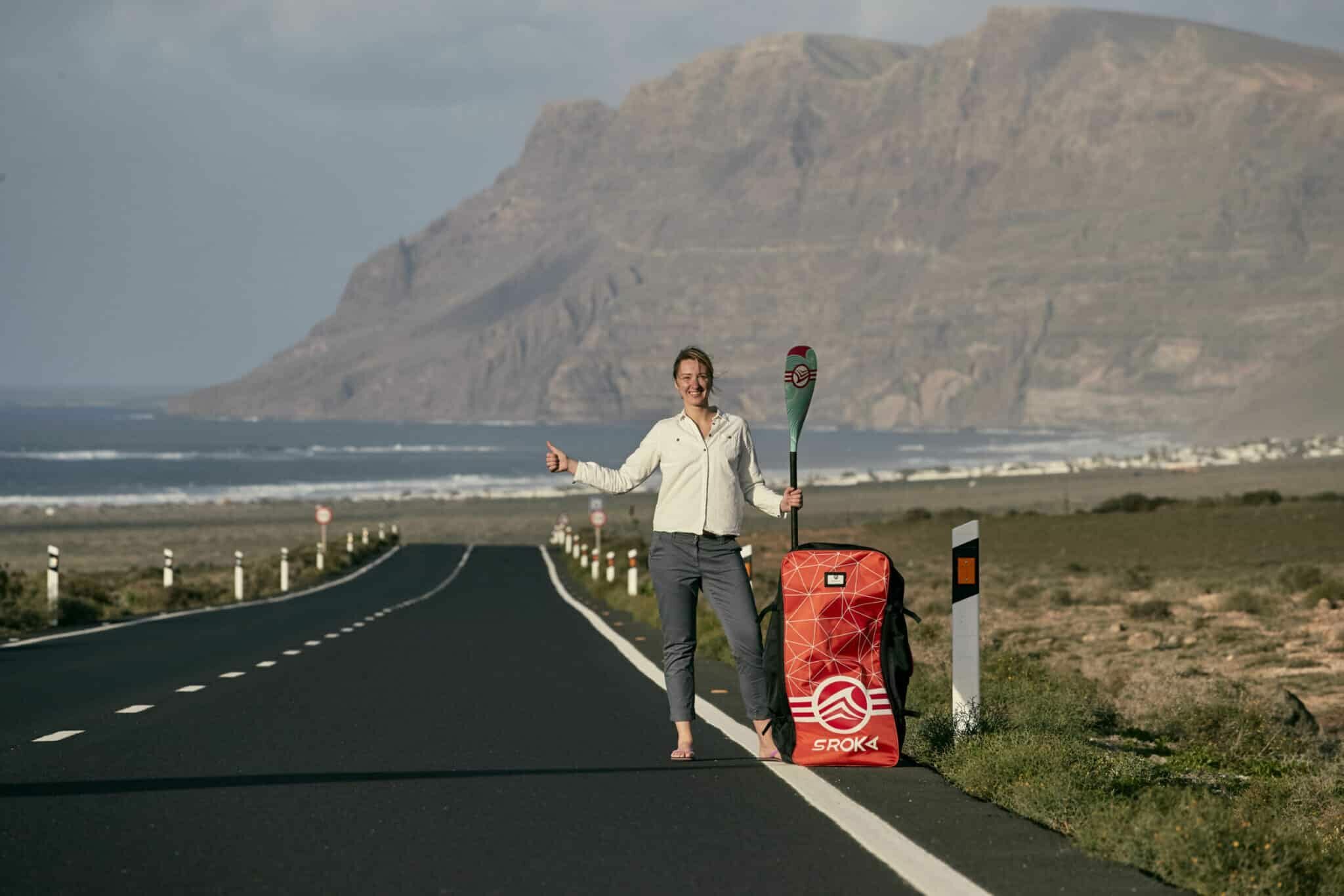 LE MAGAZINE
LE MAGAZINEOur tips for flying with your equipment Wing Foil


Flying with your Wing Foil requires a little organization, but it’s possible! In this article, you will find all the precautions to take in order to travel with complete peace of mind. If you want to fly with your inflatableSUP , your Kite or your Surf, these tips will also be very useful!

1 – Choosing the right airline to fly your wing foil
To transport your foil wing by plane, you first need to choose your airline carefully. Baggage policies vary enormously from one airline to another. In some cases, the cost of baggage can be up to three times more expensive than the price of the ticket. The cost of excess baggage is therefore the first factor to take into account when making your reservation. Sometimes, you shouldn’t hesitate to change airlines, even if it means paying a little more for your ticket, but with less excess baggage. We also advise you to find out about authorized baggage dimensions. Weight is not the only consideration. Don’t forget to pay particular attention to restrictions on baggage length and width.

2 – Packing your wingfoil equipment properly
Before taking to the skies, you’ll need to bring something to protect your wing kit foil. Choose a board bag that is large and strong enough to accommodate the gear. For your foil, disassemble it and store it in its protective carrying bag. You can then slip it into your board’s large bag.
Don’t hesitate to go one size up to fit your foil and wing inside.
The wingfoil board then needs to be well padded to prevent damage in the aircraft, especially if you’re carrying a rigid board. We recommend wrapping the deck, edges and rails of your foil board with protective foam. It’s also important to wedge the whole assembly together to prevent it from moving too much. Finally, distribute the weight as evenly as possible to avoid exerting too much force on one part of your bag and damaging the seams there.
Sroka transport bags are perfectly designed to protect your foil and your board and make transport easier.
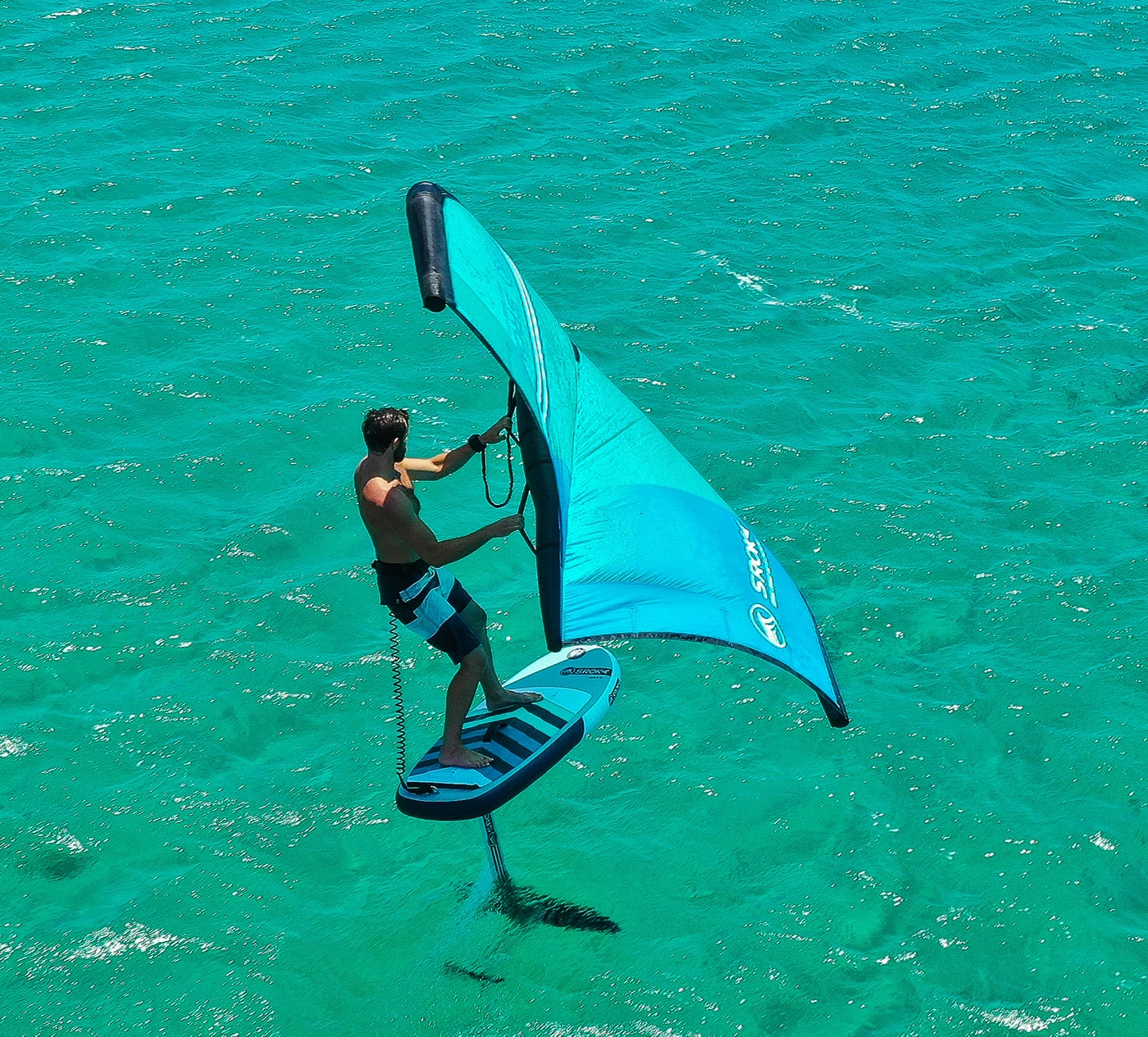
3 – Flying with your Wing Foil : choose an inflatable
For air travel, the inflatable wing board foil is the perfect solution. Unbreakable, foldable and compact when transported, the inflatable board offers nothing but advantages.
In fact, with the inflatable, transport and storage problems are a thing of the past! The board fits in a backpack.
At Sroka we build all our inflatable boards with a top quality PVC, identical to that used for professional RIB boats. Guaranteed to stand up to the test of time.
The rigidity of our inflatable wingfoil boards will also amaze you! Contrary to popular belief, well-constructed inflatable foil boards are extremely rigid. For example, on our Sroka V1 and V2 inflatable wing boards, we have chosen to integrate a carbon plate on the hull for unrivalled rigidity and maximum performance.
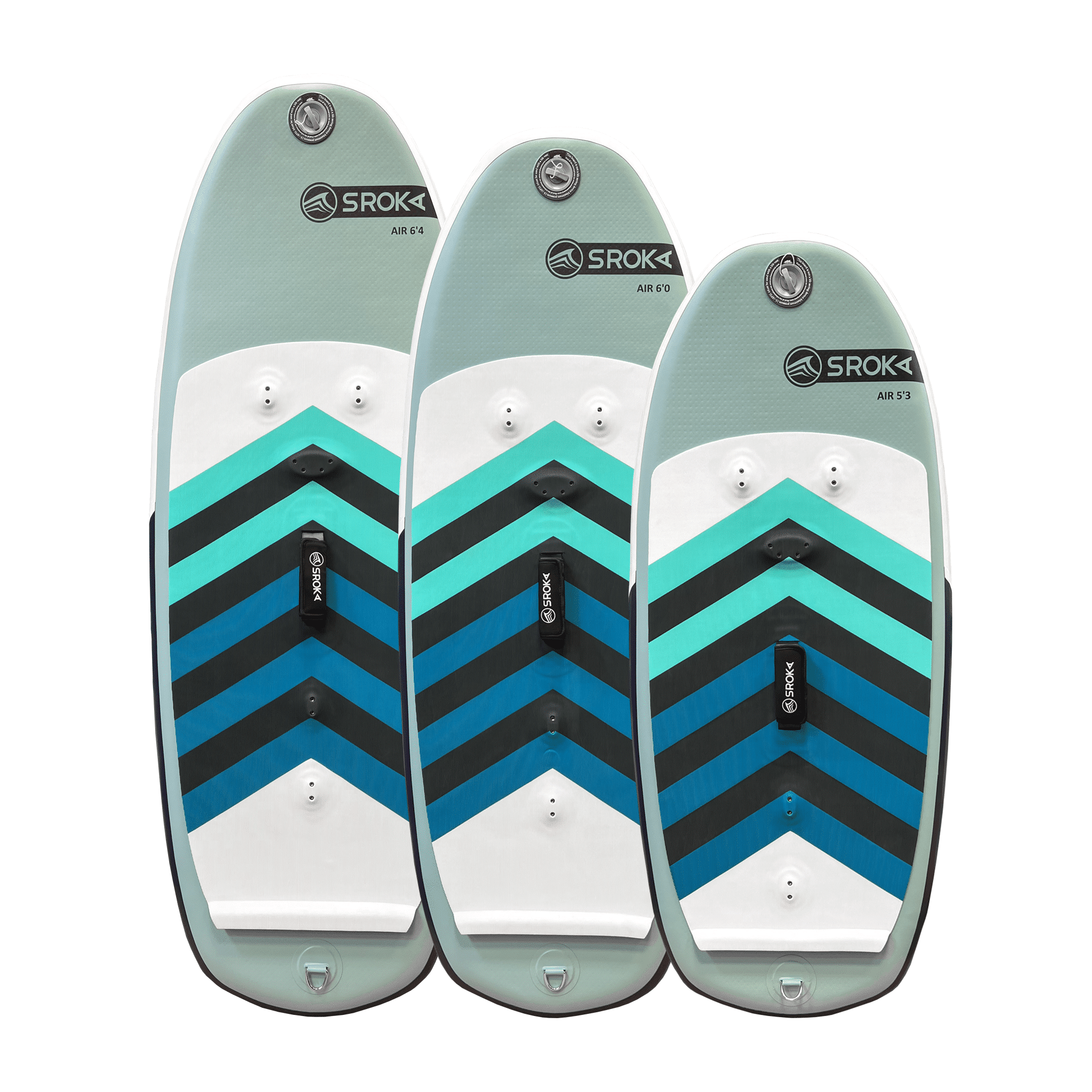
The choice of the inflatable seems obvious if you want to be able to take your wingfoil equipment everywhere with you. Its high resistance to shocks and its ease of use and transport make it an essential ally. It’s also a great piece of equipment for those who want to start wingfoiling with ease.
Inflatable wing board foil V2: the ultimate travel board
The inflatable Sroka V2 offers superb performance and incredibly precise handling thanks to the carbon plate and foot strap inserts. The feeling on the water is closer than ever to a hard board. Thanks to its rocker, it is also very pleasant to retrieve when touching down, and takes off immediately.
Made from the same reinforced PVC used in semi-rigid boats, it offers unrivalled mechanical strength and rigidity.
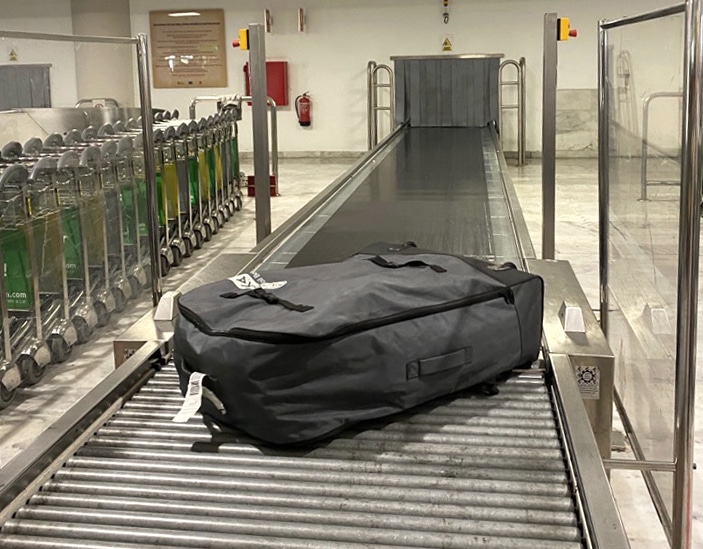
4 – Beware of oversized luggage
In general, airlines set a maximum weight of 23kg for checked baggage (with some airlines it is possible to go up to 32kg). In addition to this maximum weight, there are dimensions that should not be exceeded. Beyond this weight and dimensions, your luggage will not be taken. It is therefore important to check the dimensions and weight of the luggage, otherwise you will not be able to take it with you.
Take only what is strictly necessary if you don’t want to pay too much. To do this, check the weather conditions before you leave and try to find information with the local clubs. In any case, you will be obliged to check in your oversized baggage at the ticket counter. Most of the time, oversized luggage will have to be placed on a special belt. Try to locate this carpet in advance to save time.
On landing, your baggage will also arrive on a different conveyor belt.
5 – Anticipate
We advise you to buy your luggage in advance. It costs less than buying them at the airport during check-in. Normally, it is recommended to arrive early to catch your flight. This is especially important when you want to fly with your wing foil. If possible, plan at least 2 hours in advance. This will give you more time to manage your equipment in the airport. Airports are even fuller in summer, travelling with your wingfoil can quickly become complicated. To make sure you get through the airport as smoothly as possible, it’s a good idea to get a good head start on your flight.
PS: Don’t forget the straps if you want to attach your wingfoil equipment to the roof of a car when you arrive.

6 – What should you do if your wingfoil equipment is damaged?
To avoid any unpleasant surprises, we advise you to check that nothing has been damaged directly on leaving the plane. If any part of your wing foil equipment is damaged during your flight, make a claim immediately at the airline counter. Subsequently, you will be compensated in exchange for purchase and repair invoices, if it is possible for you to provide them. It is advisable to do this on the spot. In general, the time limit for making a claim is 7 days, but you should check this with your company. After this period, you will no longer be able to prove that the damage was caused as a result of your theft. As a result, you may have to pay for the necessary repairs.
If you have any further questions, or if you have any other requests, please don’t hesitate to contact us!
 Le Magazine
Le Magazine



